By Mark S. Longo
To millions of people, the name Dracula is synonymous with horror. The mere mention of Dracula invokes terrifying images of bats, Gothic castles and, of course, vampires. This was not always the case. Until the late 1800s, the name referred to a real man—Vlad Dracula, a medieval nobleman who ruled the Eastern European province of Wallachia (now part of Romania). In many ways, he was more fearsome than the fictional Dracula could ever hope to be.
Vlad Dracula was born in 1431 in the Transylvanian city of Sighisoara, a descendant of a long line of Wallachian rulers. His grandfather, Mircea the Great, fathered a number of illegitimate children, including Dracula’s father Basarab. When Mircea died, Basarab was sent to the court of the Hungarian Emperor Sigismund. While his brothers squabbled over their father’s throne, Basarab was busy learning warfare and diplomacy under Sigismund. As a reward for his diplomatic skills, Basarab was named the military governor of the province of Transylvania. A few months before Dracula was born, Basarab was inducted into the prestigious and secretive Order of the Dragon, a group of European leaders who were sworn to defend the Holy Roman Empire against infidels. Upon his induction, Basarab took the name Dragon, pronounced Dracul in his native Romanian. Ironically, Dracul is also the Romanian word for devil, a term that would later be applied to his murderous son.
Although a sworn member of the crusading order, Dracul was not blind to the political and military reality of his time. The Turks were massing an invasion force on his southern border, and Dracul’s small army was not strong enough to repel them. The situation worsened when Emperor Sigismund died in 1437. Without his benefactor, Dracul was left to face the Turks alone. Realizing that he was powerless to stop the impending invasion, Dracul made a hard choice. He agreed to continue the Wallachian custom of paying the Turks a tribute of 10,000 gold ducats every year. As a way of proving his loyalty to the Ottoman Empire, Dracul accompanied Sultan Murad II on a raid into neighboring Transylvania, during which the Turks destroyed a number of villages and captured 70,000 prisoners. Not surprisingly, his overtures to the Turkish sultan strained his ties to the Hungarian empire and, more important, to the powerful Hungarian warlord Janos Hunyadi.
As ruler of Wallachia, Dracul was caught between the towering egos and massive war machines of Hunyadi and Murad II. It was an unenviable position. In 1441, Hunyadi began planning a crusade to drive the Turks from their positions in Serbia and Bulgaria. He called on Dracul to honor his sworn oath and join the crusade, but the Wallachian ruler refused. Instead, Dracul remained neutral in the conflict. His attempt to please both parties backfired. Both Murad and Hunyadi were enraged by his refusal to participate on either side. The furious sultan summoned him to a meeting to discuss his loyalty. Foolishly, Dracul took along his two youngest sons, 12-year-old Vlad and eight-year-old Radu. Upon their arrival, the sultan took all three captive.
Dracul remained a prisoner for a year, until he swore on both the Koran and the Bible not to participate in any future wars against the sultan. Murad then allowed him return to Wallachia, but he held onto Vlad and Radu as hostages to insure that Dracul kept his word. Vlad’s captivity at the sultan’s court proved to be the formative experience of his life. He endured harsh discipline and strict supervision, but he also gained deep insight into Turkish life and, more important, their military. Vlad and Radu both trained with the Turkish Janissary corps, the sultan’s elite warriors. Consisting primarily of European children who had been stolen from their homes or sent to the sultan as tribute, the Janissaries were converted to Islam and raised as fanatical Muslim warriors.

A Penchant for Impaling
With his two youngest sons in captivity, Dracul continued trying to play both sides against the middle, but his crusader oath and his pledge of neutrality to the sultan were in direct conflict. When Pope Eugenius IV called for a new crusade against the Turks, Hunyadi demanded that Dracul join the crusade, but again he refused. Instead, he sent his oldest son Mircea and a contingent of Wallachian cavalry. He hoped that this solution would placate both the sultan and Hunyadi. For a short while, it appeared to be working. The early part of the crusade was a resounding success. Hunyadi’s forces won spectacular victories at Sofia, Peretz, and Nish. However, the “Long Campaign,” as the crusade came to be known, ran out of steam at the battle of Varna in November 1444, where the Turks outnumbered Hunyadi’s forces by almost three-to-one. The crusaders were slaughtered, and Hunyadi barely escaped with his life.
Despite Dracul’s violation of his pledge of neutrality, Murad II allowed Vlad and Radu to live. He knew that they could be useful in bringing their recalcitrant father to heel. The sultan locked the boys away while he considered what to do with Dracul. It was during this time that Vlad supposedly acquired his penchant for impaling. His cell had a view of a courtyard where the Turks executed criminals. Impalement through the rectum was a popular form of Turkish execution, and Vlad had many opportunities to watch this excruciatingly barbaric procedure put into practice. The effect this had on his still-developing mind is easy to guess.
Fearing the wrath of the sultan, Dracul made peace with the Turk, signing a new treaty that gave the sultan control of all Wallachian territory on the Danube. Hunyadi, still smarting from his defeat at Varna, was infuriated by Dracul’s latest concessions to the infidel. Sensing an opportunity to rebuild his shattered reputation, he invaded Wallachia in 1447. This invasion, in turn, sparked a revolt among the Wallachian boyars, or noblemen. The combination of Hunyadi’s forces, Vladislav’s men and the rebellious boyars was too much for Dracul. He attempted to flee, but was captured and killed by Vladislav. His oldest son Mircea was tortured by the rival boyars before being buried alive.
With his father and older brother dead, 17-year-old Vlad was finally released from captivity. As the oldest surviving son of a member of the Order of the Dragon, Vlad inherited his father’s crusading oath. He also took pains to assume his father’s mantle, even going so far as to adopt the nickname “son of the dragon,” or Dracula. Murad, furious that a Hungarian-backed voivode was sitting on the Wallachian throne, supported Vlad in his attempt to reclaim his birthright. Dracula led a small Turkish invasion of Wallachia in 1448 and succeeded in driving Vladislav II from the throne. However, his victory was short-lived. Two months into his reign, Hunyadi and Vladislav II reassembled their forces and drove Dracula from power. He was forced to flee to Turkey and then to Moldavia, where he remained for three years.
Dracula lost his last friend and protector when his brother-in-law, Prince Bogdan of Moldavia, was assassinated in 1451. He was forced to flee again, this time into the wild Transylvanian hinterlands controlled by Hunyadi. However, just when it seemed that Dracula’s luck had run out, the political pendulum swung back in his favor. Sultan Murad II died and was replaced by his son, Mehmed II. Mehmed was an ambitious man who made no secret of his desire to conquer Constantinople. Hungary, Wallachia, and Transylvania were also in his sights, and Hunyadi began preparing for a confrontation with the new sultan. He was counting on the support of Vladislav II in the coming battle, but his puppet voivode had a change of heart, negotiating a separate alliance with the sultan. The infuriated Hunyadi immediately set about looking for a replacement. The only viable candidate was Dracula.
Dracula was given a commission in Hunyadi’s army and charged with defending the Transylvanian border against Turkish or Wallachian incursions. When Mehmed besieged the Serbian city of Belgrade with 90,000 men, Hunyadi rallied to the city’s defense. With only a handful of men, he dealt the Turks a crippling defeat. Mehmed lost almost a third of his force and was personally wounded while trying to rally his troops. This stunning victory became known as the “Miracle of Belgrade” throughout Christendom. While Hunyadi and the sultan battled for Belgrade, Dracula mounted an invasion of Wallachia. After a series of bloody skirmishes, he finally reclaimed his father’s throne in 1456. He wouldn’t be able to count on Hunyadi’s support to help him hold the throne, however—the old Hungarian warlord succumbed to the plague shortly after the siege of Belgrade.
No sooner did Dracula take the throne than he came into conflict with the boyars who controlled much of the country. These were the same nobles who had revolted against his father and buried his brother alive. Dracula’s desire for revenge, along with his need to consolidate his power, drove him to commit one of the most notorious acts in his bloody career. He invited 200 rival boyars to a feast, ostensibly to discuss their differences. However, at the end of the meal, the boyars were dragged from the hall and marched 50 miles to the ruins of Castle Dracula. There, they were immediately put to work rebuilding the old castle, and many died of exhaustion. Those who were too old or too weak to work were impaled on the spot. This was the genesis of Dracula’s famous nickname Vlad Tepes, or Vlad the Impaler.

An Infamous and Gruesome Legend is Born
The slaughter of the boyars was the first of many violent atrocities committed by Dracula during his reign. In order to tighten his grip on power, he created new positions in his government called the armasi. He filled these positions with foreigners, gypsies, thugs, mercenaries, and other outsiders. The armasi became his secret police, willing to carry out his most horrific orders without hesitation. Dracula used the armasi to enforce his personal obsession with law and order by brutally executing people for even minor infractions. Dracula’s execution methods were literally demonic—he killed some by crushing them under the wheels of carts. Others, stripped of their clothes, were skinned alive. Still others were impaled on stakes or roasted over red-hot coals.
Historians estimate that the victims of Dracula’s armasi numbered between 50,000 and 100,000. Dracula’s worst atrocities, however, occurred in the neighboring province of Transylvania, a thriving commercial center that had a large German population. He launched a punitive raid on the Transylvanian town of Bistrita in 1457, burning and looting the town and slaughtering much of its population. He launched another raid the following year, destroying entire villages and leaving hundreds of German merchants twisting on stakes. He even boiled some of the poor souls alive inside a massive cauldron. In 1459, he crossed the border again, centering his anger on the trading center of Brasov. He burned the city to the ground and impaled any survivors he could find.
Dracula’s atrocities in Transylvania caused a tremendous backlash in the German community, which began to disseminate vicious propaganda against him. After extensive interviews with the survivors of the St. Bartholomew’s Day massacre, German poet Michael Beheim wrote “The Story of a Bloodthirsty Madman Called Dracula of Wallachia.” In his poem, Beheim describes Vlad as dining amongst his impaled victims after the massacre. He even accuses Vlad of dipping his bread in their blood—the genesis of the enduring association of Dracula with vampires. Vlad’s horrific link to Transylvania is undoubtedly why Victorian novelist Bram Stoker later chose to turn the real-life Wallachian prince into a fictional Transylvanian count.
Although Mehmed had been defeated at Belgrade, the Turks were still a potent force in the region. One of Dracula’s first actions as voivode was to continue the Wallachian tradition of paying tribute to the sultan. He also gave the Turks free movement through his lands and sent 500 boys a year to the Turkish Janissary corps. However, all that changed when Pope Pius II called for another crusade in 1459. The only European head of state who responded to his call was Dracula. Perhaps in an attempt to honor his father’s oath, Dracula stopped paying tribute and refused to send any more boys into the Janissaries. Turkish recruiting officers who ventured over the Danube to steal children were captured and impaled. These executions were direct affronts to the authority of the sultan, who responded by sending ambassadors to Dracula’s court in 1460. When the Turkish ambassadors arrived, they refused to remove their turbans in Dracula’s presence. Dracula responded by ordering their turbans nailed to their heads. He then sent their bodies back to the sultan as a warning.
Enraged by Dracula’s continued insolence, the sultan planned a trap for the Wallachian ruler near the fortress of Giurgi, an imposing fortress that had been constructed by Dracula’s grandfather on an island in the center of the Danube. The Turks had captured Giurgi in 1416, but Dracul recaptured it years later and then handed it back over to the Turks after the disaster at Varna. Unlike his father, Dracula learned of the sultan’s trap ahead of time and avoided it. Relying on knowledge gained from his years in captivity, Dracula disguised himself as a Turkish officer, and in fluent Turkish convinced the sentries to open the gates of the fortress. His men then rode in unopposed and conquered the massive citadel without resistance.
Dracula next embarked on a series of raids along the Danube. With the onset of winter, he was able to cross the frozen river easily. He managed to capture or destroy a number of key ports, making it difficult for the Turkish fleet to operate on the river. The open rebellion was more than the sultan could bear. He sent a force of 18,000 men to recapture the ports and teach Dracula a lesson. The Turks penetrated deep into Wallachia, destroying villages and capturing numerous prisoners. Dracula caught up to them as they were returning to the Danube, laden with captives and the spoils of war. The Turks lost over half their number in the ensuing battle. These early successes made Dracula a hero throughout Europe. Even the Pope took notice.
Mehmed, enraged at Dracula’s continued defiance, embarked for Wallachia at the head of a massive invasion force. The Wallachian army, consisting mostly of untrained citizen levies and light cavalry, numbered roughly 25,000 men—less than one-tenth the size of the sultan’s army. After a failed attempt to prevent the Turks from crossing the Danube, Dracula retreated deep into the mountains of Wallachia. He engaged in a scorched-earth policy, burning villages, butchering cattle, and poisoning wells. His forces left nothing behind for the advancing Turks. At night, his cavalry raided the Turkish supply lines and slaughtered any stragglers they could find. Despite Dracula’s efforts, by early June 1462, Mehmed had advanced to within 60 miles of Tirgoviste, the Wallachian capital. There, on the plains before the city, he beheld an unspeakable sight—a virtual forest of impaled Turks. The sight of thousands of impaled corpses caused the sultan to immediately order his army to turn around and return home.
The Turkish withdrawal was hailed as a mighty victory for Dracula. But his victory had come at great cost. Much of Wallachia had been laid to waste. Dracula’s small army suffered terrible losses, and thousands of Wallachian citizens were killed or taken prisoner. What was left of Dracula’s force scattered to the winds after the fighting was over. Although the sultan had withdrawn his main army, he left Vlad’s brother Radu behind with a small Turkish force. Radu entreated the boyars to support his claim to the throne and end the pointless conflict with the Turks. The boyars, weary of war and tired of Dracula’s bloody reign of terror, threw their weight behind Radu. Like his father before him, Dracula found himself facing an invasion from without and an insurrection from within. Unable to fight both the boyars and Radu’s army, he fled.

Dracula Spent Much of His Imprisonment Torturing and Impaling Rodents that He Caught in His Quarters
Dracula succeeded in reaching Transylvania, where he appealed to Hungarian Emperor Matthias Corvinius, the son of his former benefactor Janos Hunyadi, for help. But old loyalties counted for little. Dracula, an overthrown prince with no supporters and no money, was of little use to Corvinius. Instead, the Hungarian emperor recognized Radu as the rightful ruler of Wallachia and imprisoned Dracula. In order to justify his actions, Corvinius claimed to have uncovered documents that showed Dracula had entered into a secret truce with the sultan. These documents were clever forgeries created by Germans merchants as revenge for Vlad’s atrocities in Transylvania. Once their contents were revealed, Dracula’s popular support melted away.
Dracula remained a prisoner of the Hungarian emperor for 12 years, whiling away his time torturing and impaling rodents that he caught in his quarters. However, all was not lost for the outcast prince. The emperor resisted pressure from the Germans to execute Dracula. He even allowed Dracula to marry one of his cousins, with whom he fathered two children. Radu ruled Wallachia until 1473, when he was ousted by Basarab Liota, a member of the rival Danesti clan. Once in power, Liota began making peace overtures to the Turks. This unsettled Corvinius and prompted him to release Dracula from prison. After accompanying the emperor on a crusade into Bosnia, Dracula invaded Wallachia for the third time in 1476. He defeated Liota in a bloody battle and once again claimed his father’s throne. But his final reign was short-lived. Two months after recapturing his throne, Dracula’s bloody and headless body was found lying in a field.
No one knows exactly how Dracula died. He had a long list of enemies, including the German merchants, Orthodox priests upset over his late-life conversion to Catholicism, Wallachian boyars weary of his incessant bloodletting, rival claimants to the Wallachian throne, the Turkish sultan, and many others. Whoever was responsible for killing Dracula, they couldn’t kill the legends and myths that surrounded him. Thanks to the German propaganda, Dracula’s infamous deeds lived on for centuries after his death. As stories of his brutality spread, his association with vampirism grew. However, it wasn’t until the intervention of English novelist Bram Stoker in 1897 that Dracula’s name became forever linked with the undead. Although Stoker never traveled to Transylvania, he did extensive research on Romanian history and the life of Vlad the Impaler. Stoker’s novel cemented the image of Dracula as a blood-drinking creature of the night. The occult perception was furthered in the 1930s when Romanian archaeologists excavated Dracula’s grave at the Snagov monastery. To their surprise, they found the tomb empty.
Dracula’s image underwent a significant overhaul in the latter half of the 20th century. Romanian dictator Nicolae Ceausescu, looking to foster Romanian nationalism, ordered a new investigation into Dracula’s life. The result was a slew of propaganda depicting Dracula as a national hero. Statues of Dracula were erected throughout Romania, and his image even appeared on Romanian postage stamps. At the same time, all mention of his atrocities was omitted from public records. Stoker’s novel, and the slew of Dracula films and books that followed, were condemned as anti-Romanian propaganda. Ceausescu styled himself a modern-day Dracula, and his reign resembled Dracula’s in many ways. Like Vlad, he used a brutal secret police force to intimidate, oppress and murder his own people. Some Romanians quietly referred to him as the “second Dracula.” In the end, Ceausescu died a violent death just like his idol, gunned down by rebellious countrymen alongside his equally evil wife.
Despite his overwhelming brutality, many Romanians still regard Vlad the Impaler as a national hero. Dracula’s victories against the Turks, although ultimately Pyrrhic, made him a standout figure in Romanian history. Dracula has also become popular for a far different reason—tourism. In modern Romania, Dracula is big business. A steady stream of vampire junkies and Gothic horror fans flock to Romania every year to see the place where the legend began. There are even plans to build a Dracula Land theme park. The bold but murderous tyrant has been known variously as hero, villain, and undead fiend. Now he has become the inspiration for a cottage industry of kitschy t-shirts, theme parks, and vampire tours—an unlikely end for one of history’s most infamous monsters.
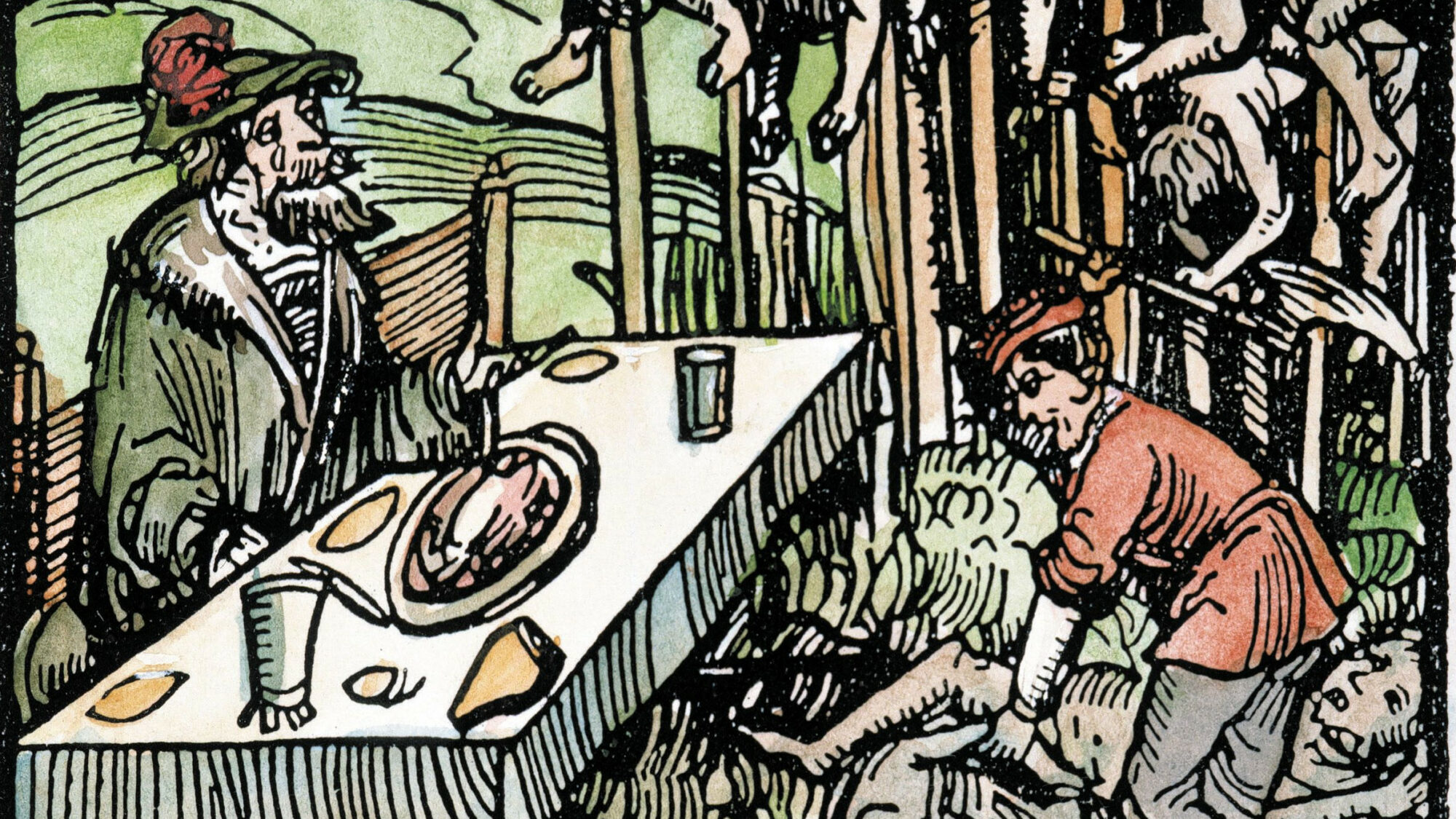
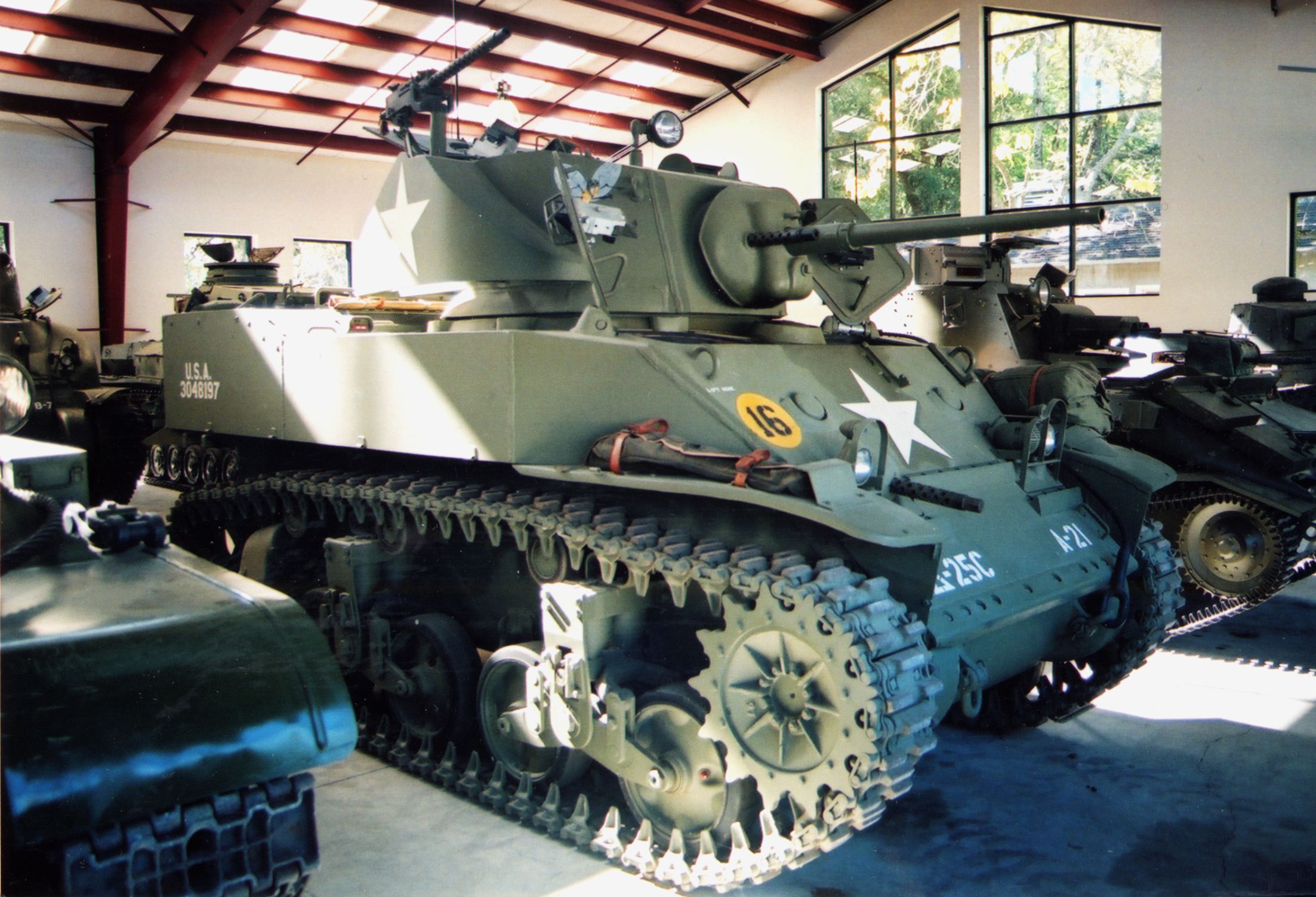
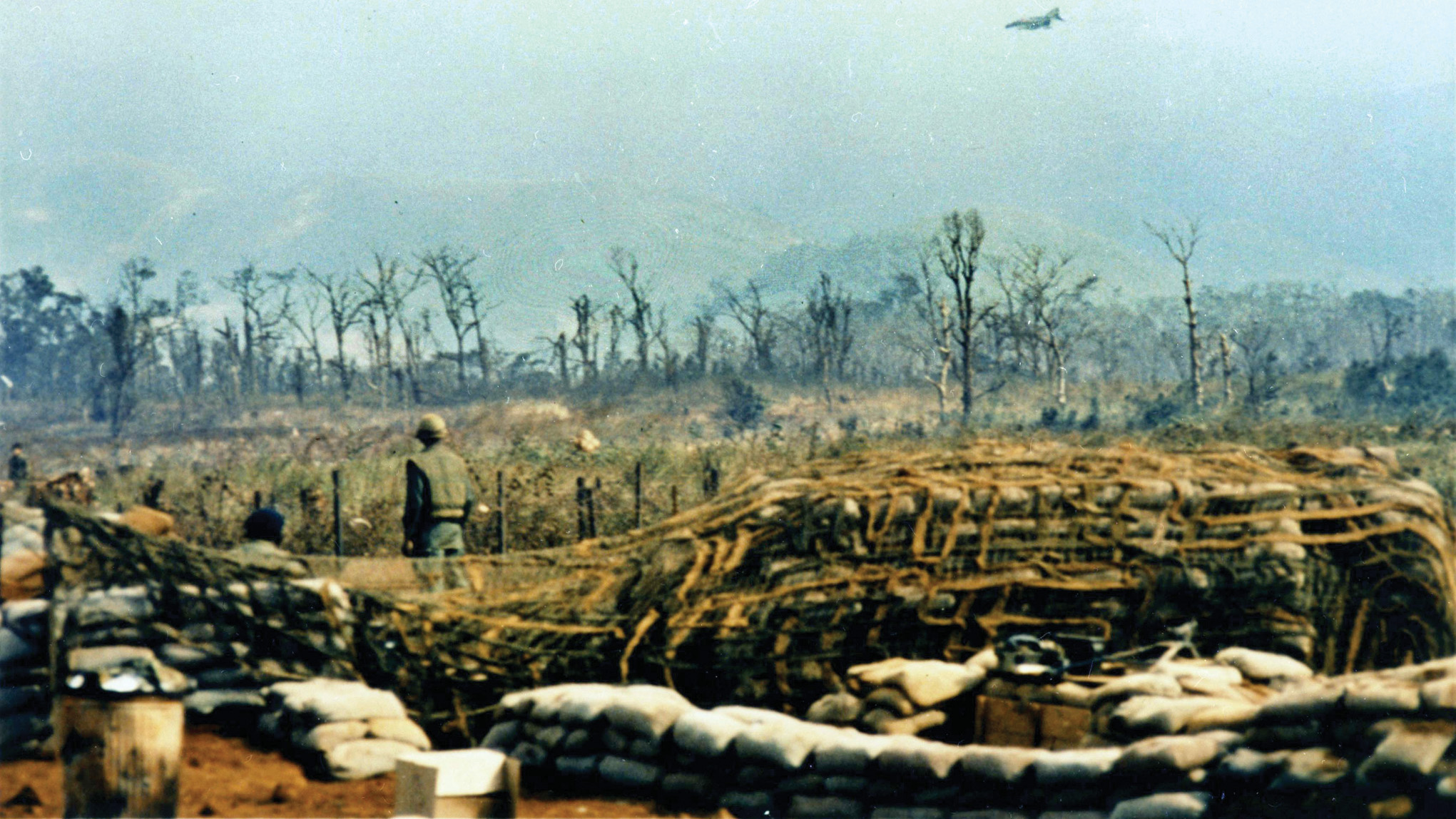
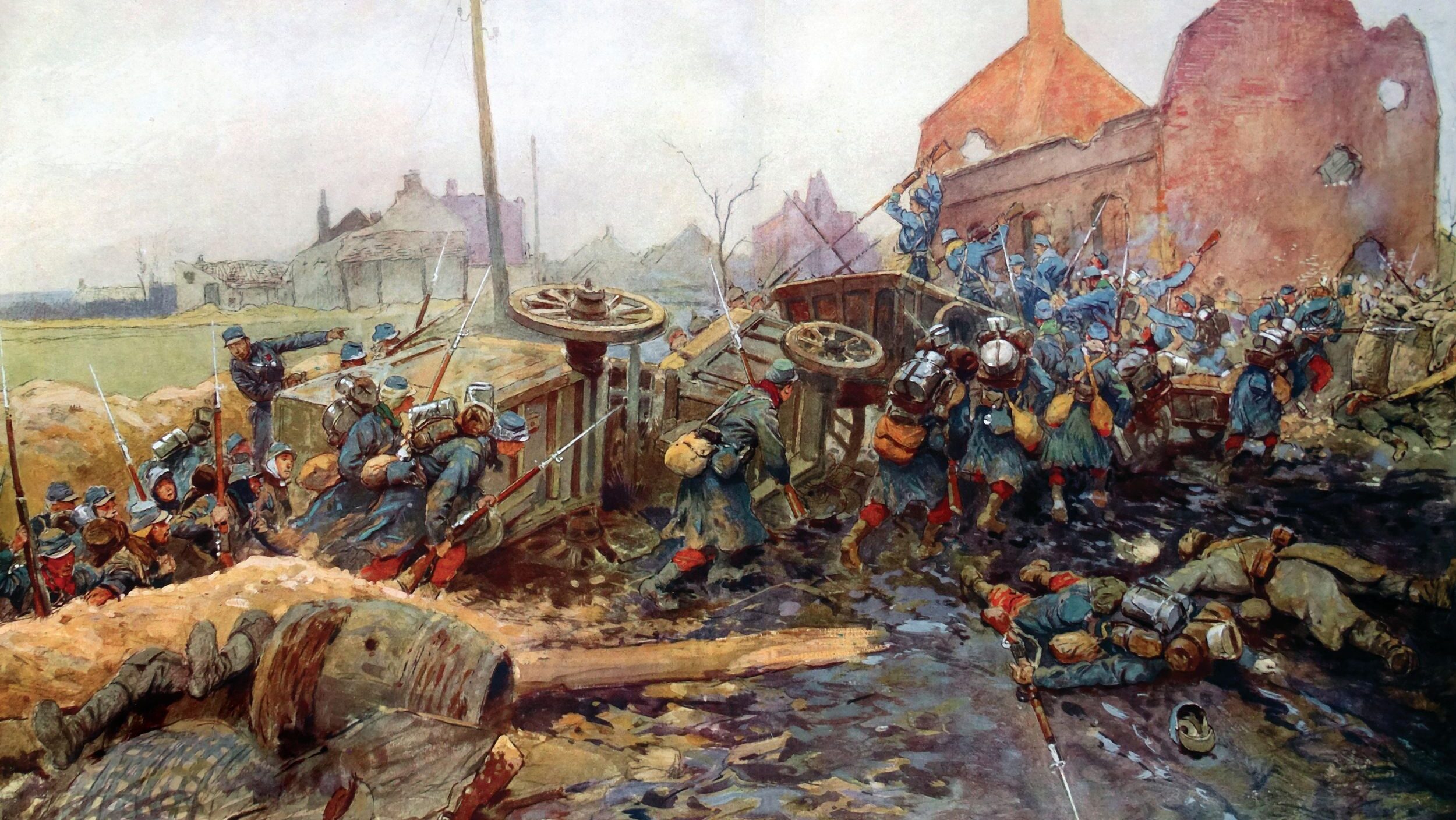

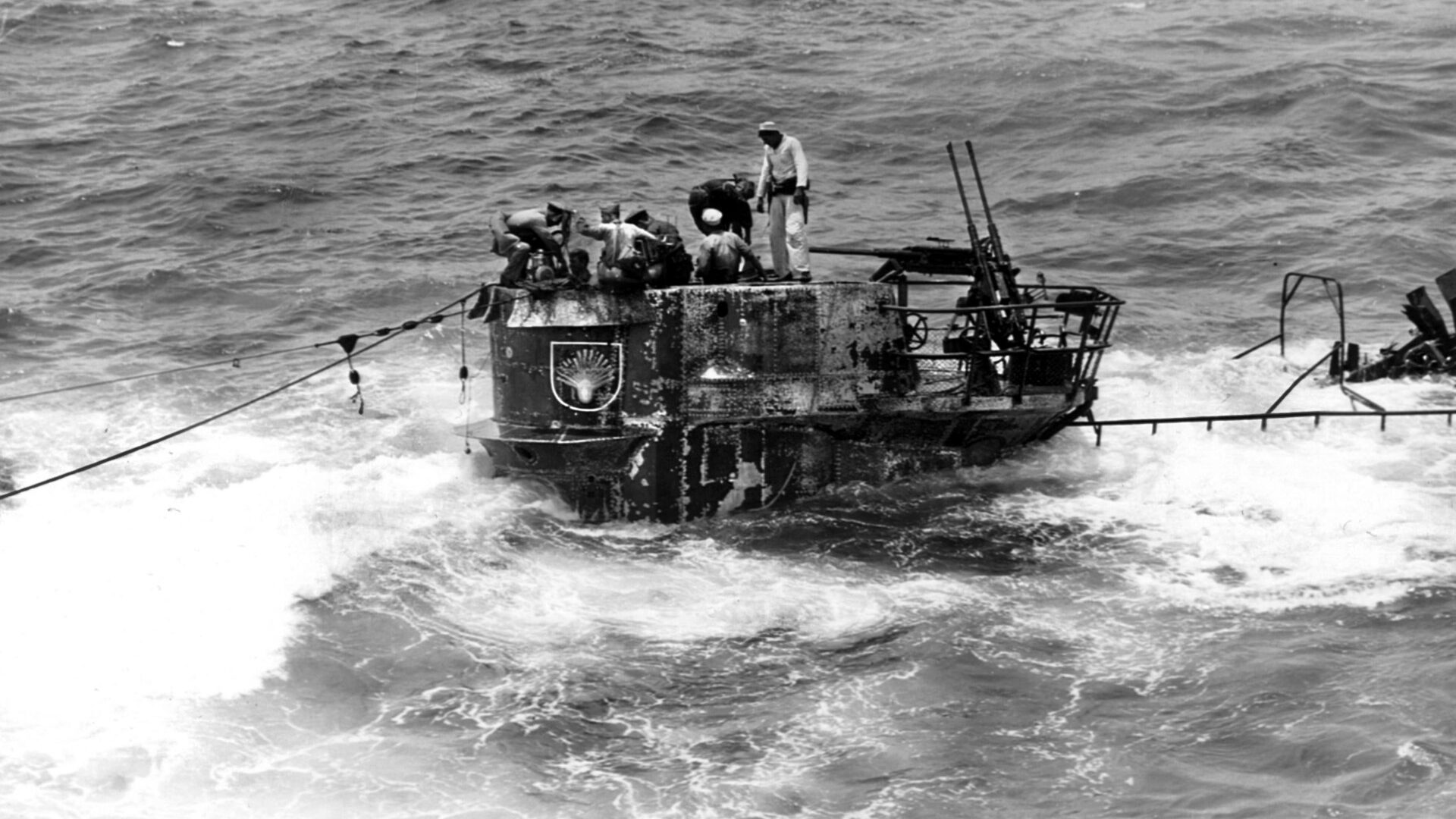
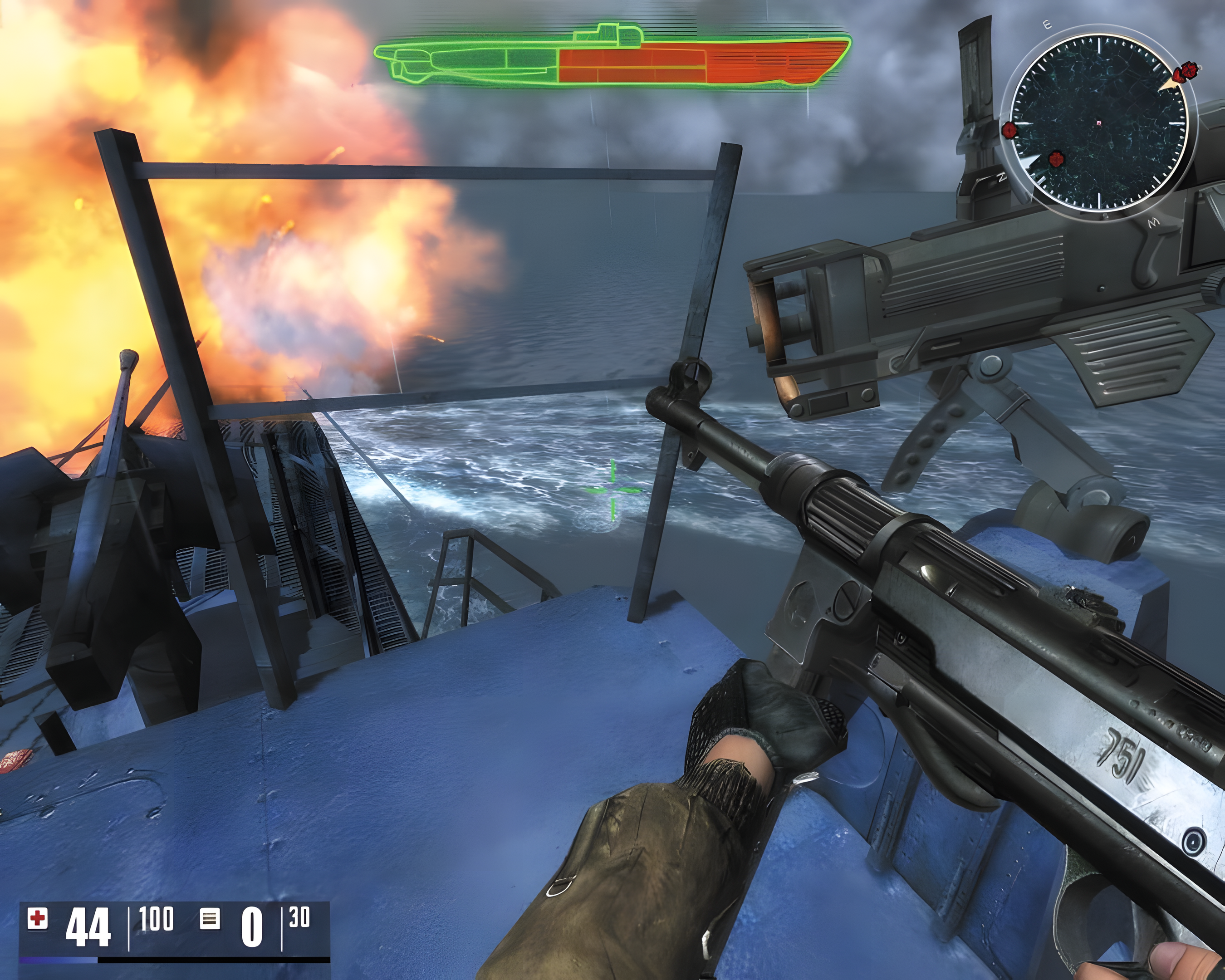
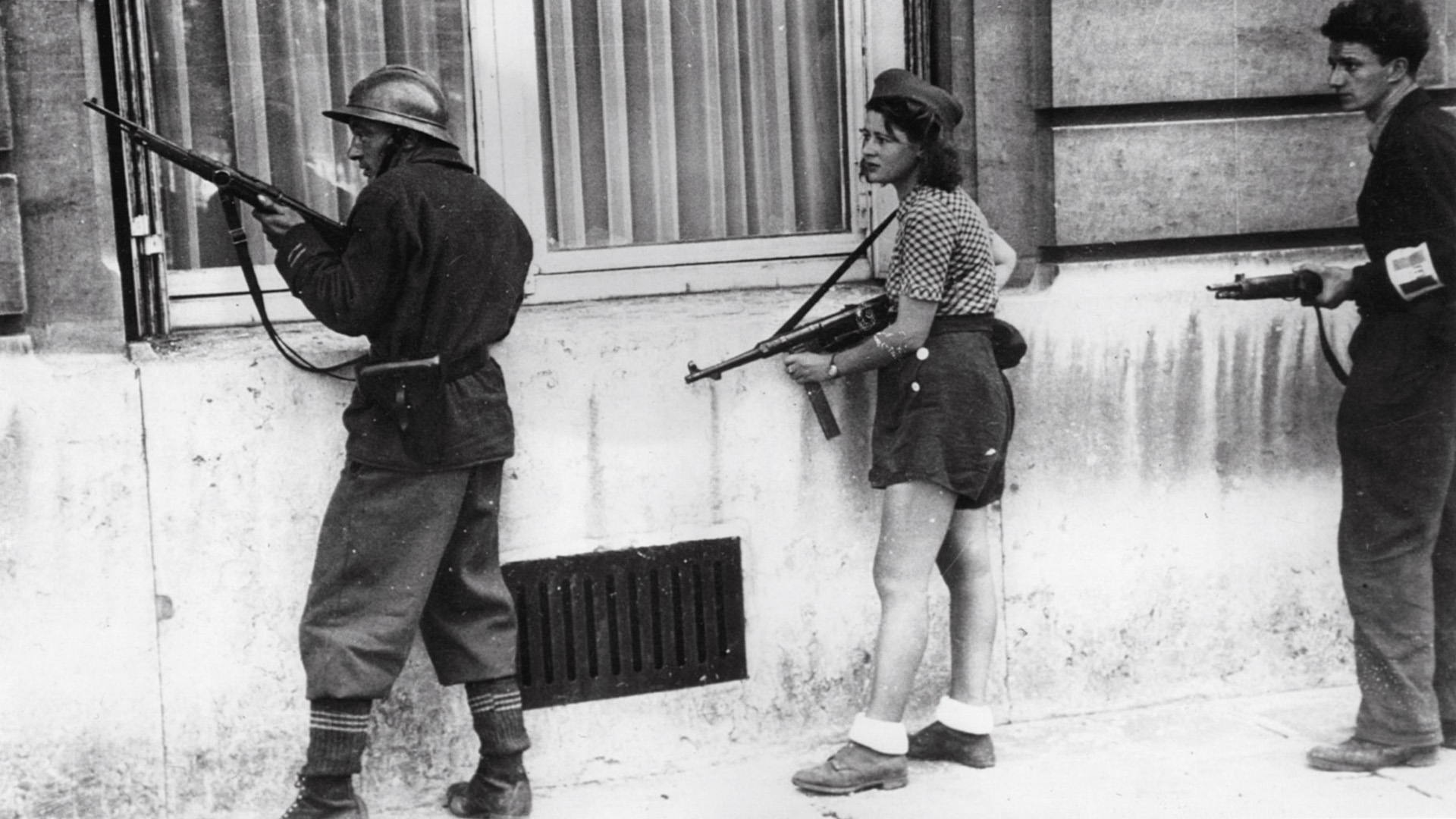
Join The Conversation
Comments
View All Comments